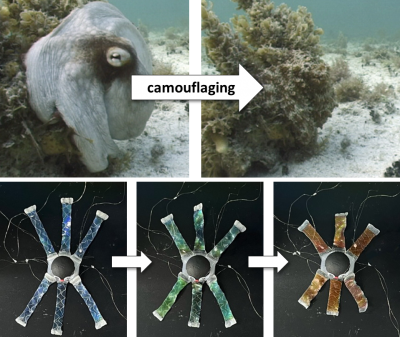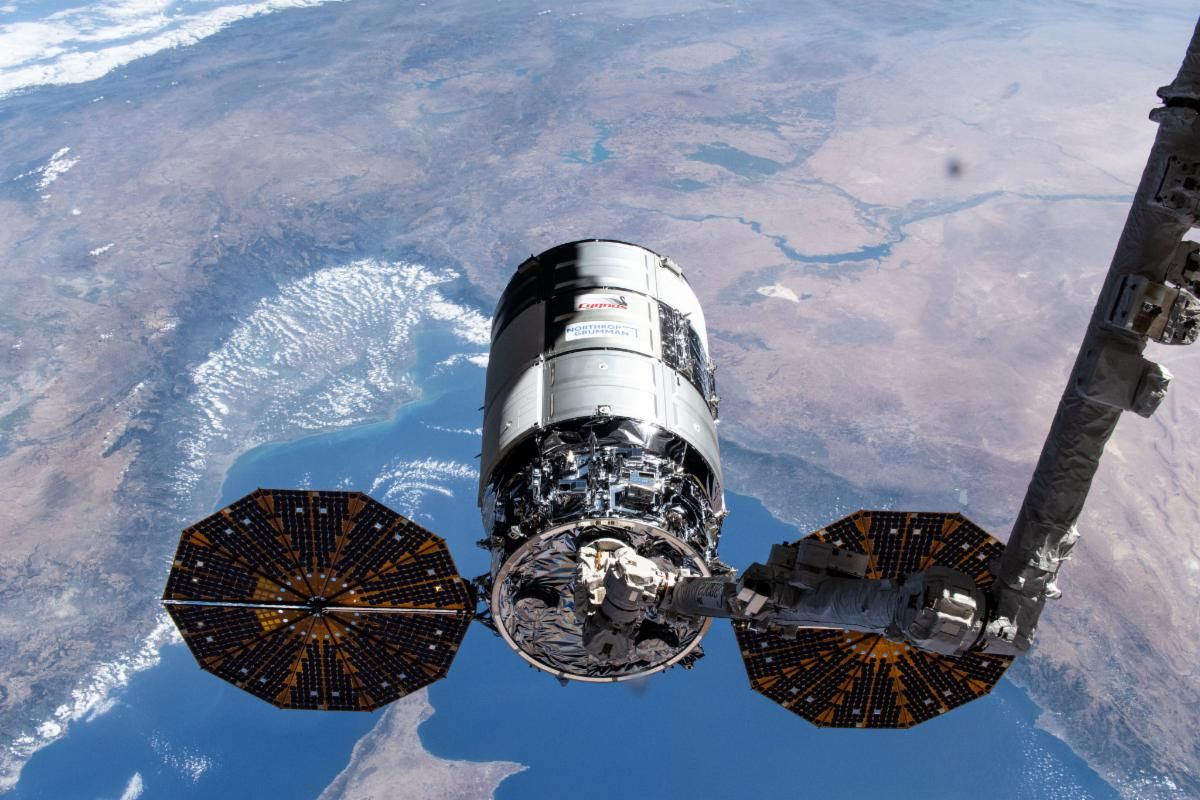SpaceX successfully launched Northrop Grumman’s largest cargo spacecraft, the new Cygnus XL, on its inaugural mission to the International Space Station (ISS) on the evening of September 14, 2024. The launch took place at 6:11 p.m. EDT (22:11 GMT) from the Cape Canaveral Space Force Station in Florida.
The mission, designated NG-23, marks the 23rd cargo delivery that Northrop Grumman has conducted for NASA. Following a series of delays, including the cancellation of its previous mission, NG-22, due to transport damage, the launch of NG-23 represents a significant milestone for both Northrop Grumman and SpaceX.
Cygnus XL is a more advanced version of its predecessor, capable of carrying a greater payload. While the earlier Cygnus model transported approximately 8,500 pounds (3,855 kilograms) of cargo, this latest version can carry up to 11,000 pounds (4,990 kilograms). The spacecraft is equipped with vital supplies for the ISS, including materials for producing semiconductor crystals and equipment aimed at enhancing cryogenic fuel tank technology.
Among the cargo is a specialized ultraviolet light system designed to inhibit the growth of microbial communities in water systems, as well as supplies for creating pharmaceutical crystals that could potentially treat cancer and other diseases.
Mission Details and Arrival
The Cygnus XL, named S.S. William “Willie” McCool in honor of the late NASA astronaut, is expected to dock with the ISS on September 17, 2024, at 6:35 a.m. EDT (10:35 GMT). Unlike previous missions, this spacecraft will not dock autonomously; instead, it will be captured using the ISS’s Canadarm2 robotic arm. NASA plans to stream this docking process live, starting at 5:00 a.m. EDT (09:00 GMT).
The NG-23 mission is expected to keep the Cygnus XL attached to the ISS until March 2026, at which point it will depart and re-enter Earth’s atmosphere.
Currently, the ISS is serviced by various cargo spacecraft, including Northrop Grumman’s Cygnus and the Russian Progress freighter, both of which are designed for single-use missions. In contrast, SpaceX’s Dragon capsule is reusable, making a parachute-assisted splashdown in the ocean before being refurbished for future flights.
This launch not only signifies advancements in cargo transportation to the ISS but also highlights ongoing collaboration between SpaceX, Northrop Grumman, and NASA in supporting scientific research in space. The successful deployment of the Cygnus XL is a testament to the resilience and innovation in the aerospace sector.





































































